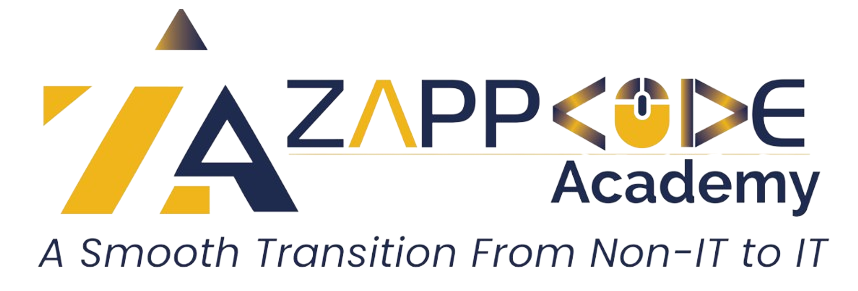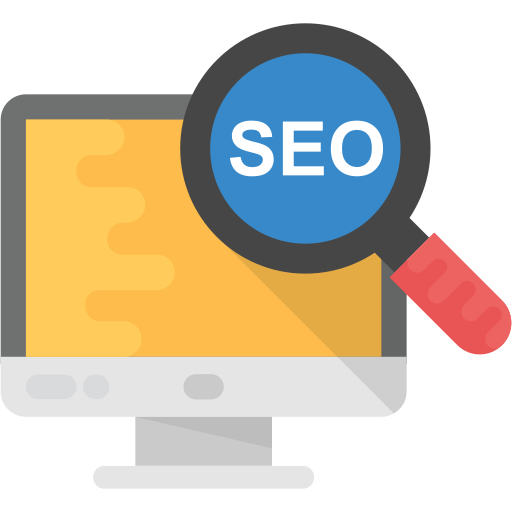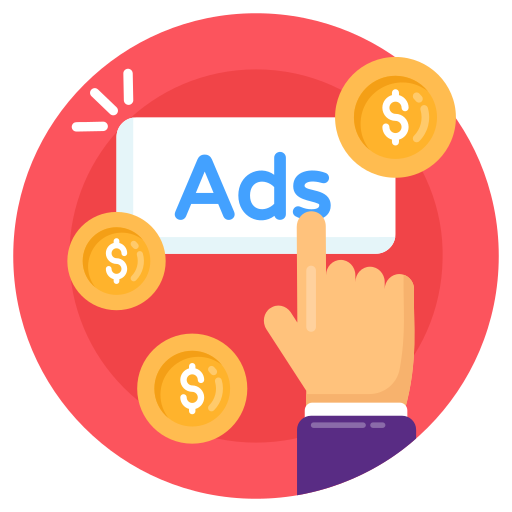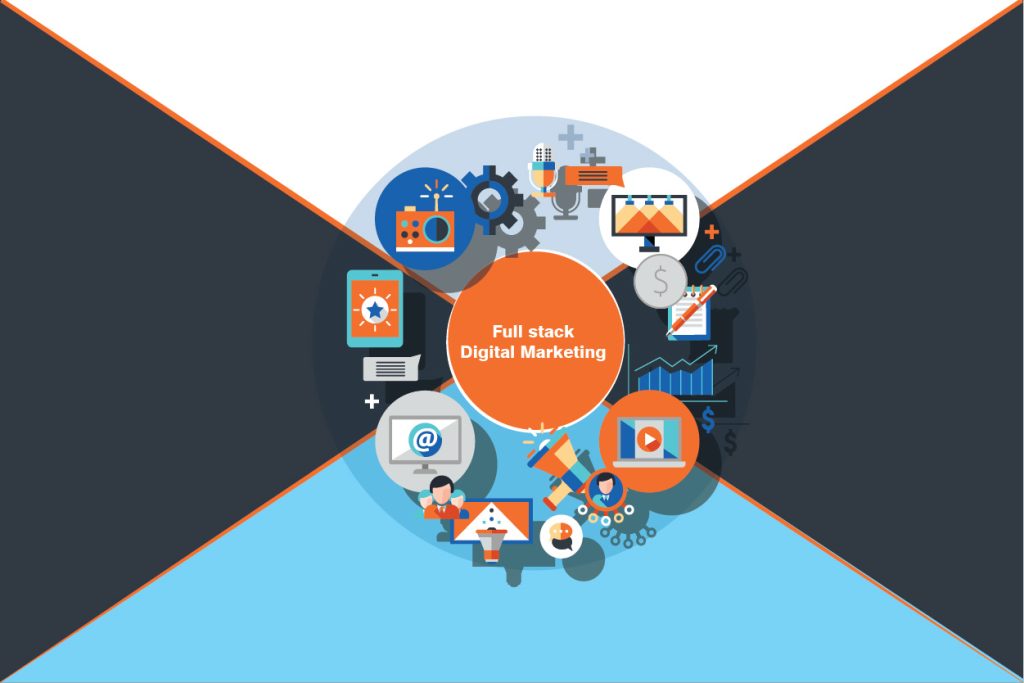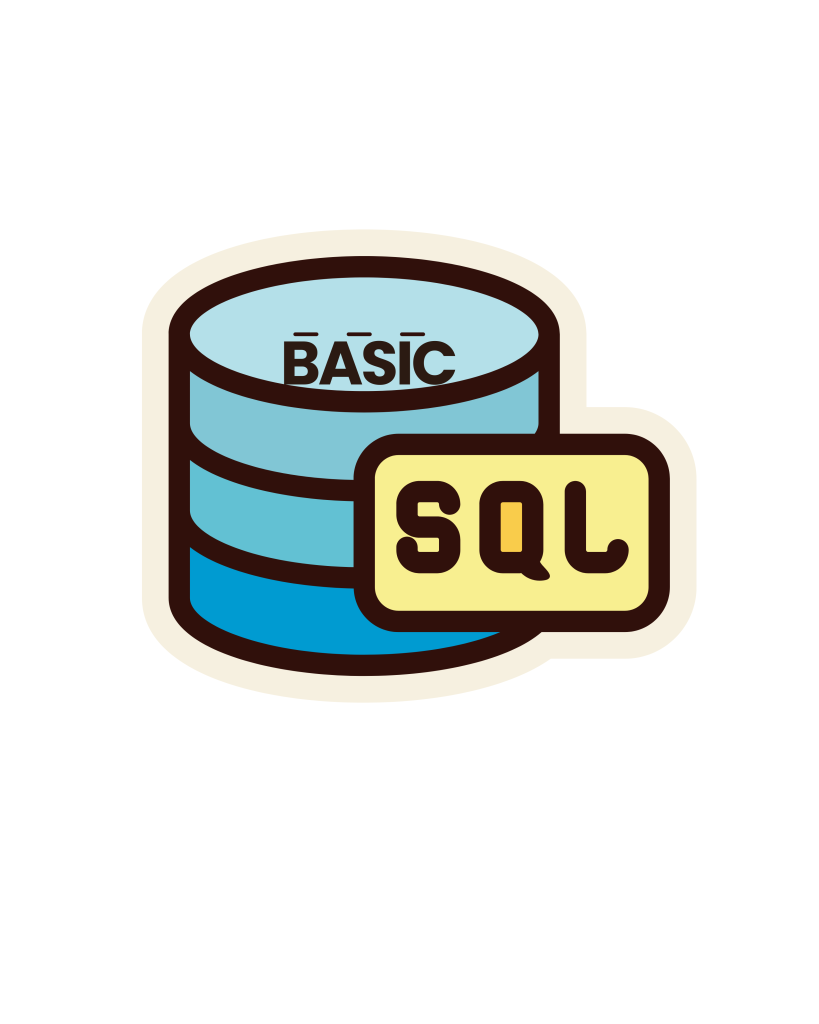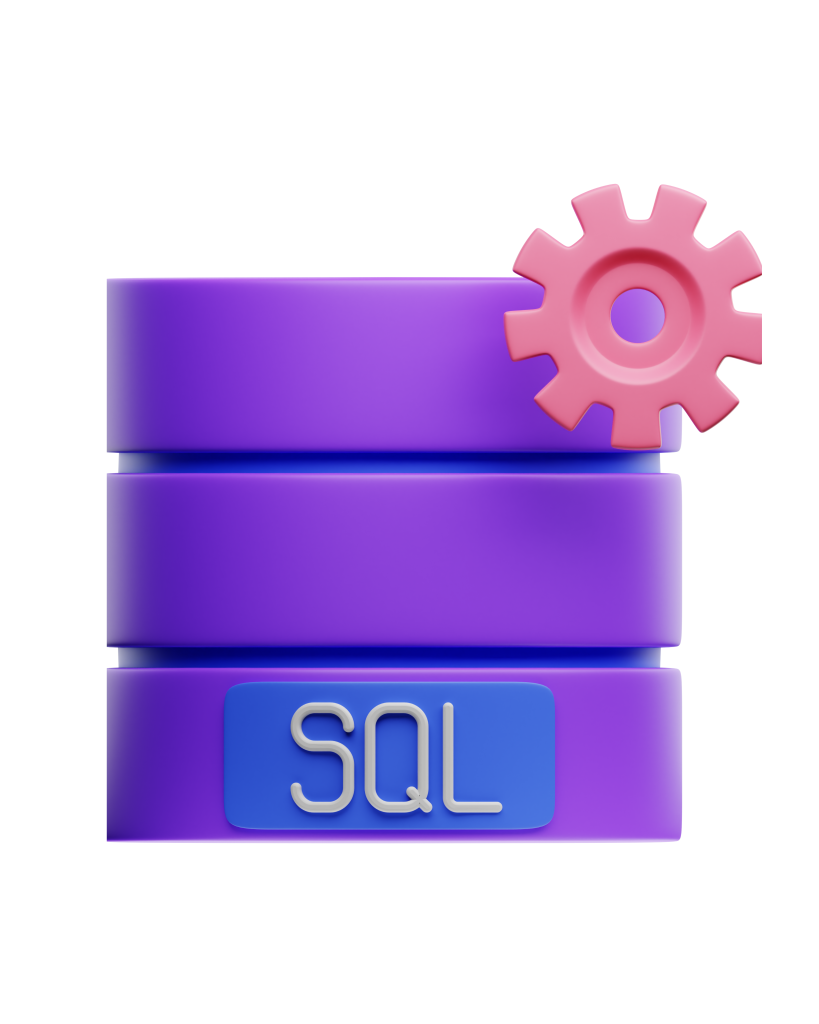Grasping what is the main difference between SEO and SEM is key to selecting the best approach for boosting your website’s visibility. SEO (Search Engine Optimization) aims to elevate your site’s search engine ranking through natural methods. This involves refining your content, improving site performance, and enhancing the user experience. The benefits of SEO grow over time and do not require ongoing payments for visibility.
In contrast, SEM (Search Engine Marketing) focuses on achieving immediate visibility through paid strategies. By using methods like pay-per-click (PPC) advertising, SEM places your site at the forefront of search results quickly. However, this method demands continuous financial investment and only maintains visibility while the payments are active.
Ultimately, SEO builds long-term, cost-effective visibility, while SEM offers quick, paid placement. Your choice between these strategies will depend on your specific needs for immediate impact versus sustainable growth.
In this article we have talked about the main difference between SEO & SEM how to use them effectively to grow a brand with google marketing.
- Key Difference Between SEO & SEM
- How to Use SEO
- How to Use SEM
- Best way to use SEO & SEM Together
- How to learn each skills
- Future Of SEO & SEM
Key Difference Between SEO & SEM
SEO (Search Engine Optimization) is about enhancing your website’s ranking over time through natural methods. Imagine it as building a strong foundation for your site. By focusing on high-quality content, optimizing your site’s performance, and improving user experience, SEO aims for steady, long-term growth.
Once these improvements are in place, you benefit from better visibility without needing to continuously spend money. However, the effects of SEO take a while to materialize.
In contrast, SEM (Search Engine Marketing) provides a way to get immediate results through paid advertising. Think of it as a quick boost to your visibility. With SEM, you use strategies like pay-per-click (PPC) ads to place your site at the top of search results quickly.
While this can drive traffic to your site almost instantly, it requires ongoing investment to maintain visibility. Once you stop paying for the ads, your site’s position in search results can drop just as fast.
So, if you’re looking for a strategy that builds lasting results over time, SEO might be your best option. If you need a quick surge in visibility and are prepared for ongoing costs, SEM could be the better choice. Each has its own advantages depending on your goals and budget.
How to Use SEO
Curious about how to use SEO and want to understand the difference between SEO and SEM? Let’s break it down! SEO, or Search Engine Optimization, helps improve your website’s visibility on search engines like Google, aiming for a higher ranking in search results.
Start by focusing on creating valuable content. Whether it’s articles, blog posts, or product descriptions, make sure your content is engaging and useful to your audience. This not only benefits your visitors but also tells Google that your site is worth ranking higher
Additionally, pay attention to your website’s performance. A site that loads quickly and is easy to navigate enhances user experience, which Google values. Incorporating relevant keywords throughout your content helps Google understand what your site is about and can improve your visibility.
Remember, while SEO focuses on organic growth and long-term results, SEM (Search Engine Marketing) involves paid methods for immediate visibility. Understanding this difference between SEO and SEM can help you choose the right strategy for your needs.
Google’s algorithms are always evolving to prioritize high-quality content and a great user experience. By keeping your site optimized and user-friendly, you’ll improve your chances of ranking higher and attracting more visitors. So, focus on valuable content and site performance, and watch SEO work its magic!
How To Use SEM
When exploring how to use SEM (Search Engine Marketing) in the context of SEO vs. SEM, it’s important to understand how SEM can complement or differ from SEO strategies.
SEM is all about using paid advertising to boost your site’s visibility quickly. Unlike SEO, which focuses on organic ranking improvements over time, SEM provides immediate results by placing your ads at the top of search engine results pages (SERPs).
To start with SEM, you’ll need to set up a pay-per-click (PPC) campaign. This involves creating ads that will appear in search results when users search for keywords related to your business. Craft compelling ad copy and select keywords that your target audience is likely to use. This ensures that your ads are seen by potential customers actively searching for what you offer.
Managing your SEM campaigns involves setting a budget and bidding on keywords. Decide how much you want to spend and how to allocate your budget across different keywords and ad groups. Keep track of your spending and adjust your bids to optimize performance.
It’s also crucial to monitor and analyze your SEM results. Use analytics tools to review metrics like click-through rates (CTR), conversion rates, and cost-per-click (CPC). This data will help you understand which ads and keywords are performing well and where adjustments are needed.
In summary, how to use SEM effectively involves leveraging paid ads for immediate visibility, setting up and managing PPC campaigns, and continuously analyzing performance to make data-driven decisions. While SEO focuses on long-term, organic growth, SEM can provide a quick boost to your site’s visibility and complement your overall online marketing strategy.
Best Way To Use SEO & SEM Together
Understanding the difference between SEO and SEM can help you use both strategies effectively. Here’s how to make the most of both:
Start with SEO to build your website’s organic presence. Focus on high-quality content, site structure, and user experience to improve your search rankings over time. SEO provides long-term benefits and drives steady, cost-effective traffic.
Once you have your SEO in place, integrate SEM for immediate visibility. Use pay-per-click (PPC) advertising to quickly attract targeted traffic and boost your site’s presence in search results. This complements your SEO efforts and offers instant results while your organic rankings grow.
Leverage insights from SEM to refine your SEO strategy. Analyze which keywords perform well in your paid campaigns and apply those learnings to your SEO efforts. Testing new keywords with SEM can also guide your content strategy for better SEO results.
Finally, keep an eye on both SEO and SEM performance. Monitor metrics like click-through rates and conversions to see how well each strategy is working and make necessary adjustments.
By understanding the difference between SEO and SEM and using both together, you can enhance your site’s visibility and drive effective results from both organic and paid search.
Best Place To Learn These Skills
If you’re eager to dive into SEO and SEM, Zappcode Academy is a fantastic choice. We offer easy-to-follow courses that break down these important skills in a way that’s both engaging and practical.
At Zappcode Academy, our friendly instructors are here to guide you every step of the way. Our courses cover everything from improving your website’s ranking with SEO to driving targeted traffic with SEM. We focus on hands-on learning, so you’ll work on real projects and get useful feedback to help you grow.
You’ll learn all about keyword research, content creation, and ad management in a way that’s straightforward and applicable to real-world situations. Our goal is to make sure you not only understand the theory but also feel confident putting it into practice.
So, if you’re ready to learn SEO and SEM in a supportive and practical environment, Zappcode Academy is the perfect place to start. We’re excited to help you on your journey to mastering these essential digital marketing skills!
Future Of SEO & SEM
The future of SEO and SEM is set to be dynamic and innovative. For SEO, the focus will increasingly be on user experience and personalization. Search engines are prioritizing site speed, mobile-friendliness, and engaging content. AI and machine learning will enhance search algorithms, making personalization even more sophisticated.
Voice search is another growing trend. As voice-activated devices become more common, optimizing for natural language and conversational keywords will become essential.
In SEM, automation and AI will streamline campaign management. Automated bidding and AI-driven insights will help optimize ad spend and target audiences more effectively. The integration of SEM with other digital marketing strategies will also become more seamless, combining SEO and SEM insights for better overall results.
Overall, staying on top of these trends will be key to maximizing your online presence and adapting to the evolving digital landscape.
Conclusion
Grasping the difference between SEO and SEM helps you choose the right approach for your digital marketing needs. SEO builds long-term, organic visibility, while SEM delivers quick, paid results.
If you’re eager to learn these skills, Zappcode Academy offers excellent courses to get you started. And if you’re looking for job opportunities in Nagpur zappkode solutions can help you with that. We are one of the best digital marketing company in nagpur.
